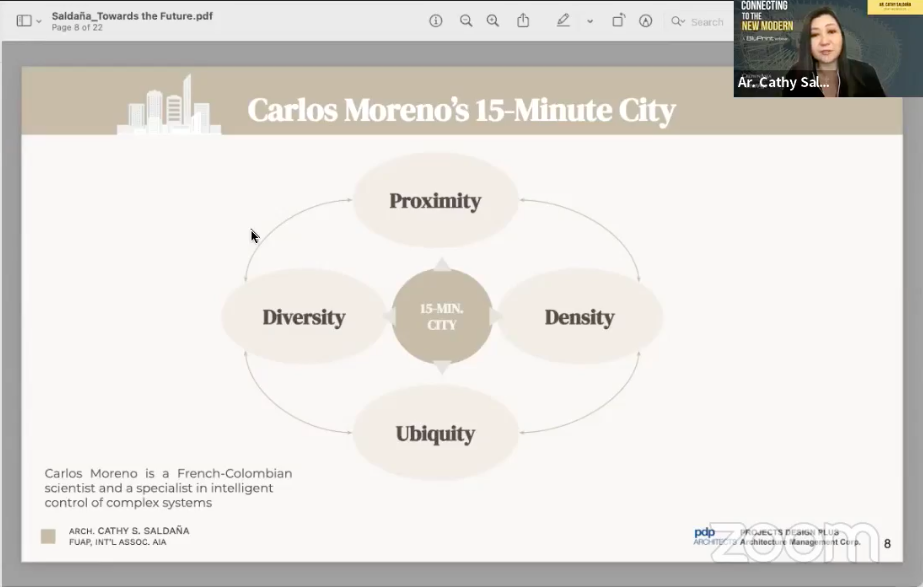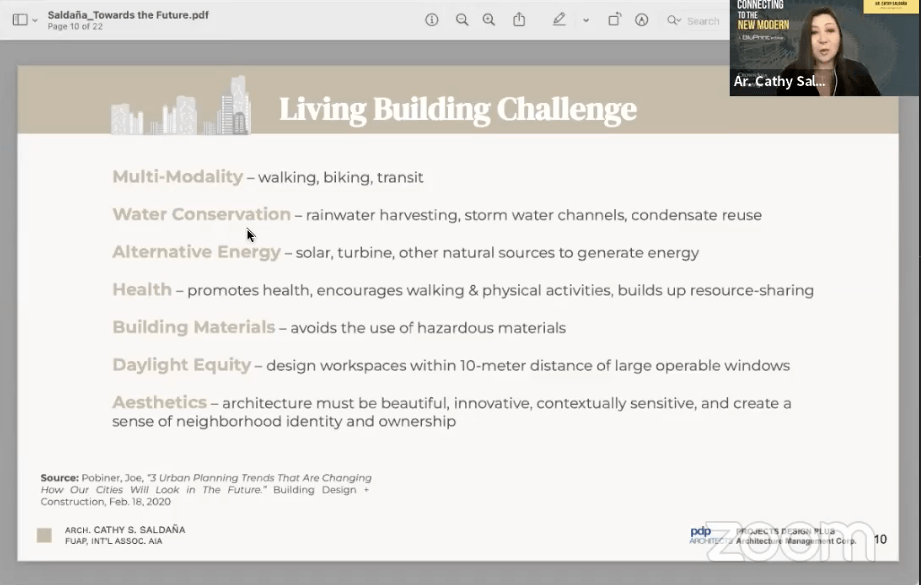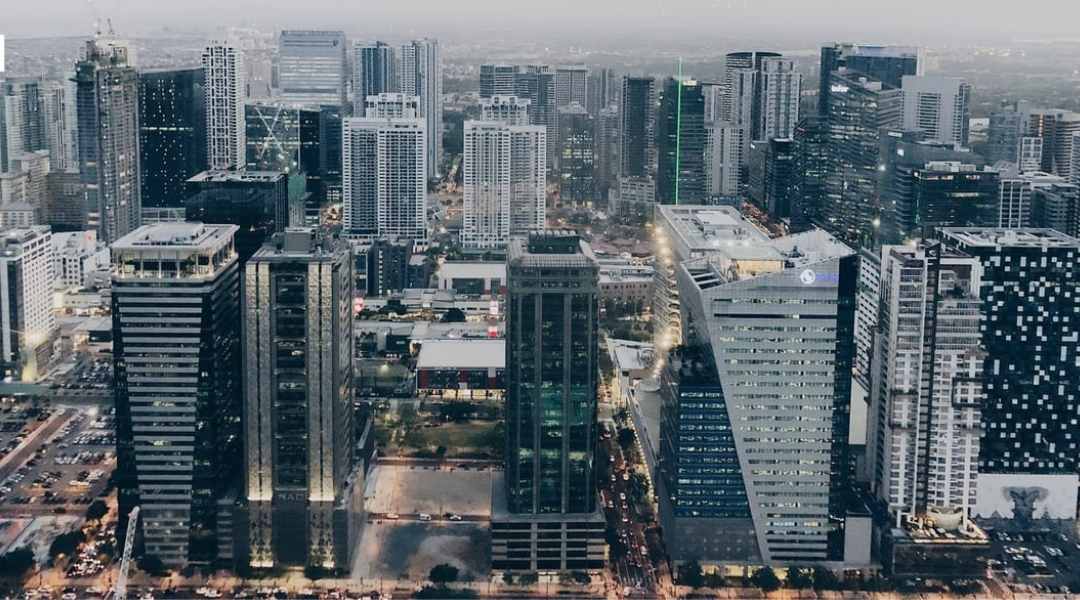
What’s Shaping Our Spaces Today, According to PH Architects and Designers
If the previous year saw us trying to make sense of living through a raging pandemic, this year will be about navigating the modern normal more confidently. As our spaces continue to shift to meet our needs, certain design trends will shape the way we perceive and interact with them.
However, post-pandemic living is just a portion of the equation. Playing with colors, materials, and furniture are still key to making our spaces both spectacular and functional. This is where architecture and design trends come into play. Some of them we’ll take cues from global trends, while others will be distinctly local.
To help us get a clearer picture of these trends and concepts, here are some insights from architects Cathy Saldana and Michael Vincent Uy, who were among the speakers of the recently concluded two-day BluPrint webinar, Connecting to the New Modern.
Green is here to stay
Green elements, both as plants and sustainable solutions, will continue to be cornerstones of design in the country. According to Saldana, plants will be a feature of most designs, underscoring the importance of greenery. Landscaping that integrates outdoors with indoors will be a strong element both in commercial buildings and residences.
Uy likewise thinks plants will continue to be present in local design trends. However, there will be none of the plant hoarding aesthetic that took Instagram by storm in the past five years or so. This trend, he described, involved more pots of plants in the photo than the actual interior design project.

Saldana also noted that sustainability will be a standard and not a buzzword or trend. “It is here to stay, maybe documented for green building certification or not. The consciousness for materials and methodologies will lead the way to the future.”
On that note, she calls for this year’s projects to integrate more sustainable solutions in their design. These include:
- More open spaces
- Openness in plans to allow for flow
- Natural ventilation
- Low-emissivity glass
- Encouraging occupants to walk and bike
- Use of materials with no or low pollutants and toxicity
- Water conservation metrics in place
- Resiliency in buildings through durability of construction materials and methods
The rise of the 15-minute city and multi-use spaces
Saldana also presented the idea of the “15-minute city” by Carlos Moreno, a French-Colombian scientist and specialist in intelligent control of complex systems. She sees this emerging for community planning, especially with the need to address post-pandemic living and family life. People will continue to show preference for obtaining all their needs from establishments that are within 15 minutes of their residence.
“It will be critical as the 15-minute city will be such a vital model for how families will live. Commercial, residential and mixed-use developments will demand that healthcare and educational facilities be aligned.”
As our spaces for work and play continue to blur, Saldana also underscored the need for spaces that address both needs. On the hustle side, she sees global talent in the Philippines requiring multi-functional spaces that can cater to these international users. These, she added, will allow everyone in well-planned communities to have an alternate venue apart from their home to host or attend a gathering or online function.
“As one of the BPO centers in the world, the Philippines is known for having global talent in various tech and support industries. As such, we remain to be a revolving door of local and international users who will inhabit multifunctional spaces. These spaces should accommodate both virtual and physical attendance. Examples are co-working facilities, conference hubs, huddle venues, and open MCE (Meetings, Conventions, Exhibit) areas.”
Creating multi-sensory spaces
While lighting and brightness of space will continue to be a prime consideration, other elements will dictate sensorial approaches to interior design. Landscapes that integrate outdoors with indoors will also be a strong element, be it in a building or a residence. This trend will open up a swathe of possibilities for integrating multi-sensory spaces.
“The use of plants, water, and other sensory features will go beyond visual values,” Saldana noted. “These shall contribute to the uplifting of the human spirit, as one walks into a lobby, or enters a bedroom. Natural and cross ventilation, with carefully laid-out air conditioning, will sit alongside natural and artificial lighting.”
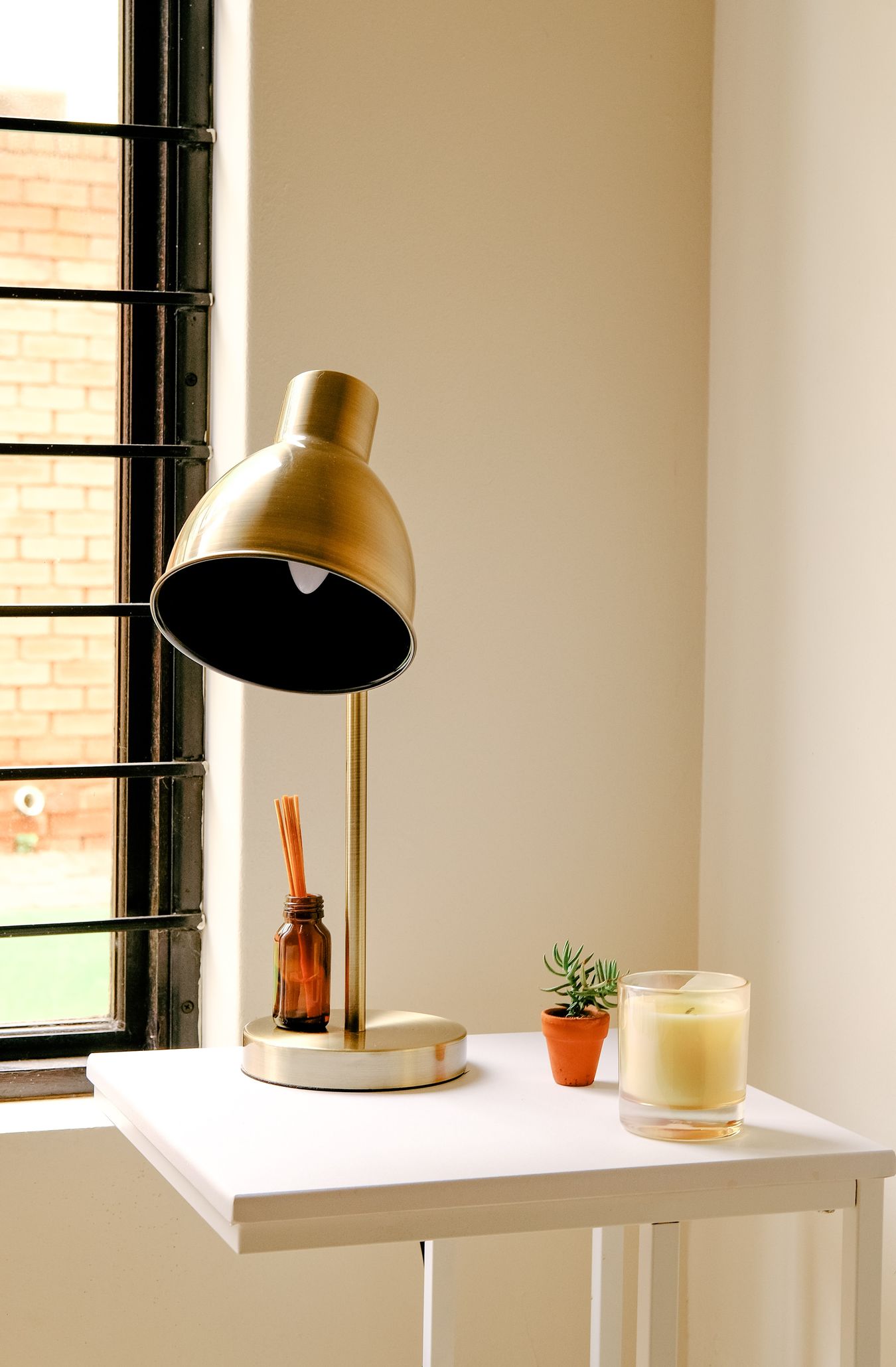
Also, Saldana says attention to sensory details actually comes naturally when we put people first. Apart from eye-catching spaces, use sensory features to make people stop, close their eyes, and just take in the place. “Let’s go beyond the visual. Create condominiums and hotels that have lovely scents as you walk in. Customize scents for every resort. Understand the value of indoor and outdoor art combined.”
Local flavors and twists
Uy observes that the made-in-Italy designs will continue to lead the Global trend in interiors and more pieces will find their way to Filipino homes. “Mixing an Italian piece into the space, brings an added luxury and eclectic charm to our interiors.” he added. People are leaning to pieces with nostalgic values and the fineness they can add to a space.
The arrival of IKEA is also becoming a third estate in Filipino homes, especially in the living room. This, he said creates a “menage-a-trois” with special Italian furniture pieces and Filipinism like wood and solihiya. However, experimental finishes and disproportions should be minimal, as these may quickly go out of style or play down the beautiful details of solihiya.
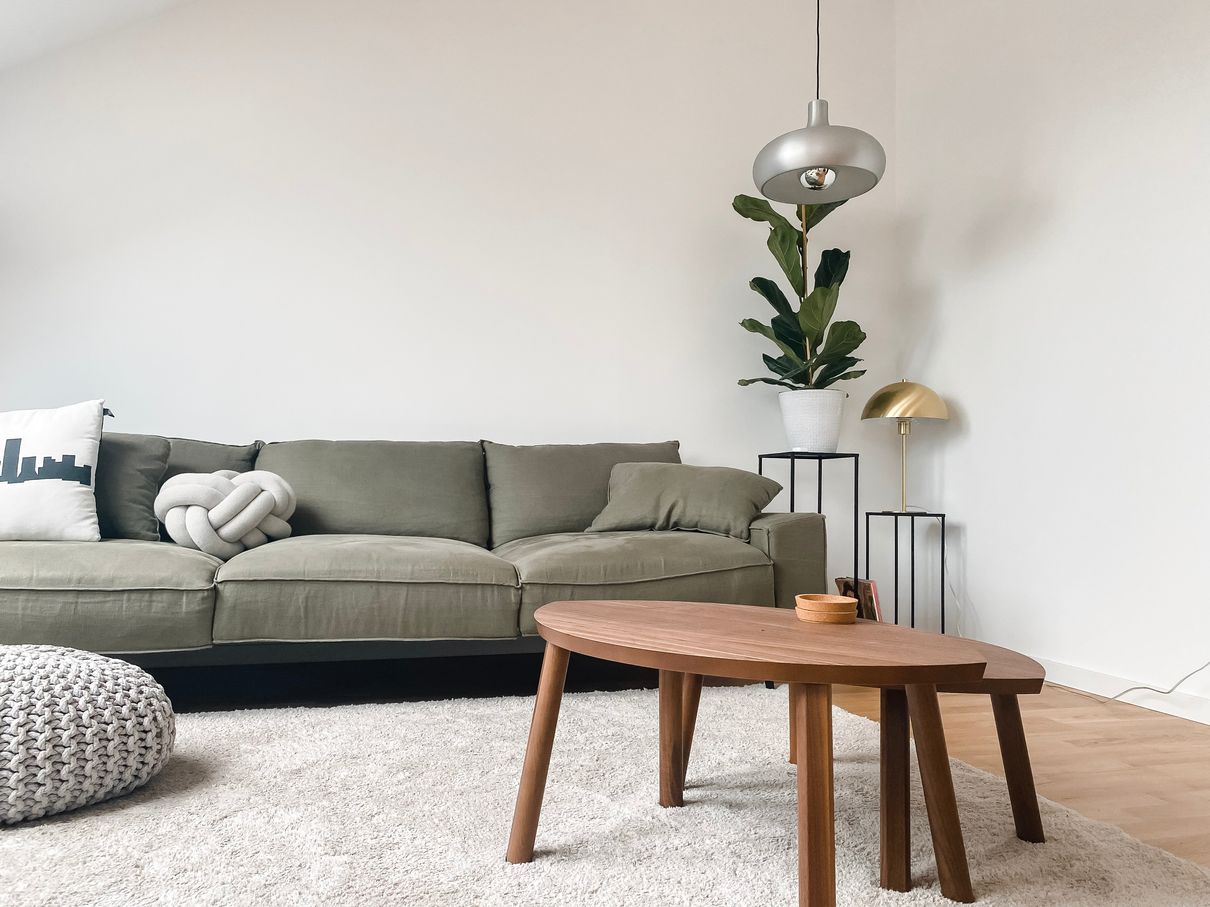
On this note, he also envisions Philippine furniture production to be inspired by Italian, Scandinavian, and Brazilian mid-century design with a local twist. “I think more and more, materials and design will have a Filipino storytelling to it, which is pretty much in fashion these days,” he added.
Meanwhile, Saldana sees that we are now developing a strong but contemporary Filipino aesthetic deeply rooted in tropical design. “Consumers are expecting more of the materials that bear a modern imprint on our local culture and not merely copies of others.”
Emphasizing connectivity
“Connectivity is a basic need and everyone has to adapt to technology and its various permutations,” Saldana said, a declaration that echoed throughout the BluPrint Webinar. Work from home and study from home are here to stay. As such, ensuring that spaces are well-equipped for online connectivity will remain important.
However, this isn’t the only way to explore connectivity at the time of the new normal. As the theme of the webinar indicates and the speakers noted, future spaces should serve as conduits for our connection to our cities, nature, and each other.
Did you miss the 2-day BluPrint Webinar? Watch the Facebook Live recordings of Day 1 and Day 2 to learn more about other insights and forecasts on the 2022 trends for Philippine architecture.
Cover image by OJ Serrano
